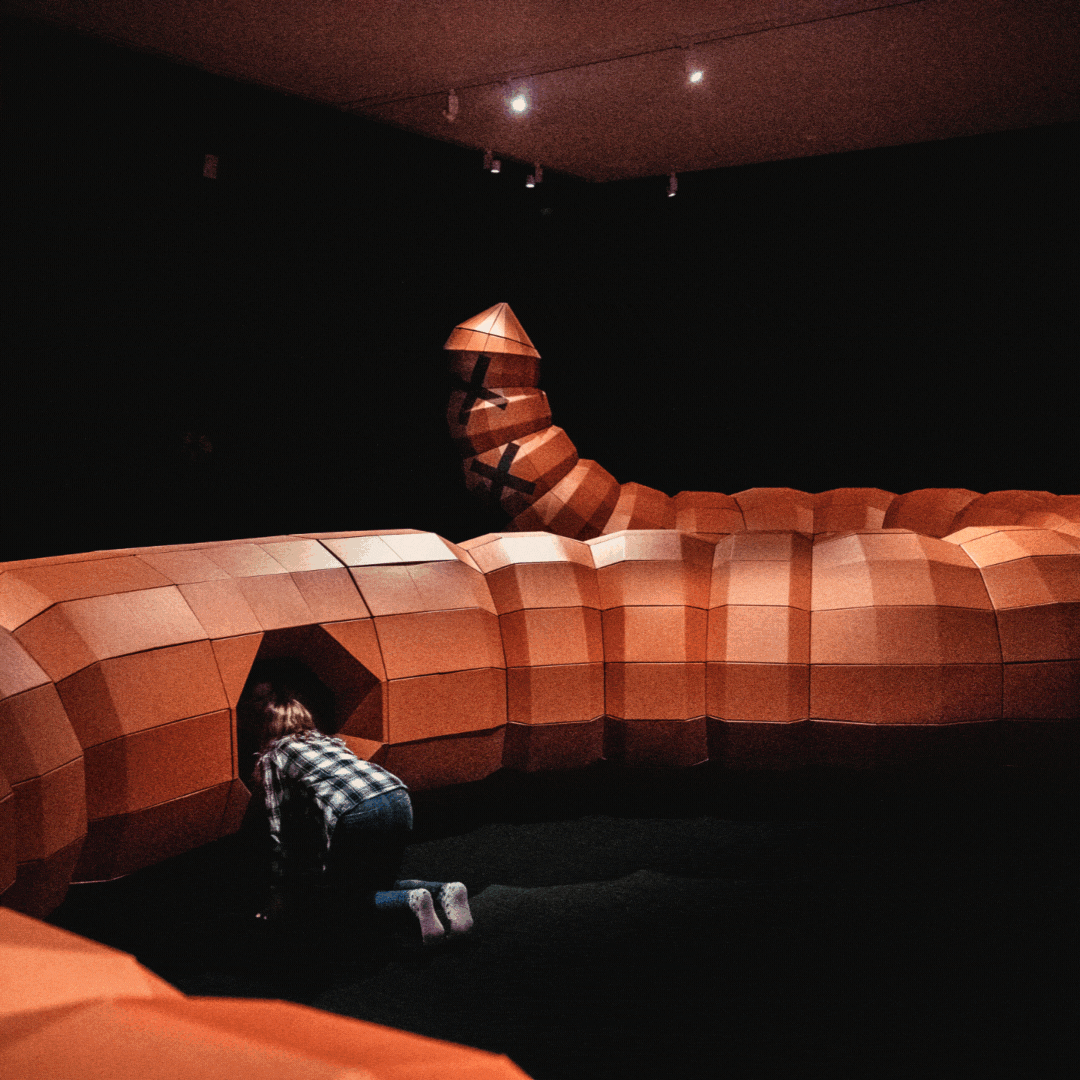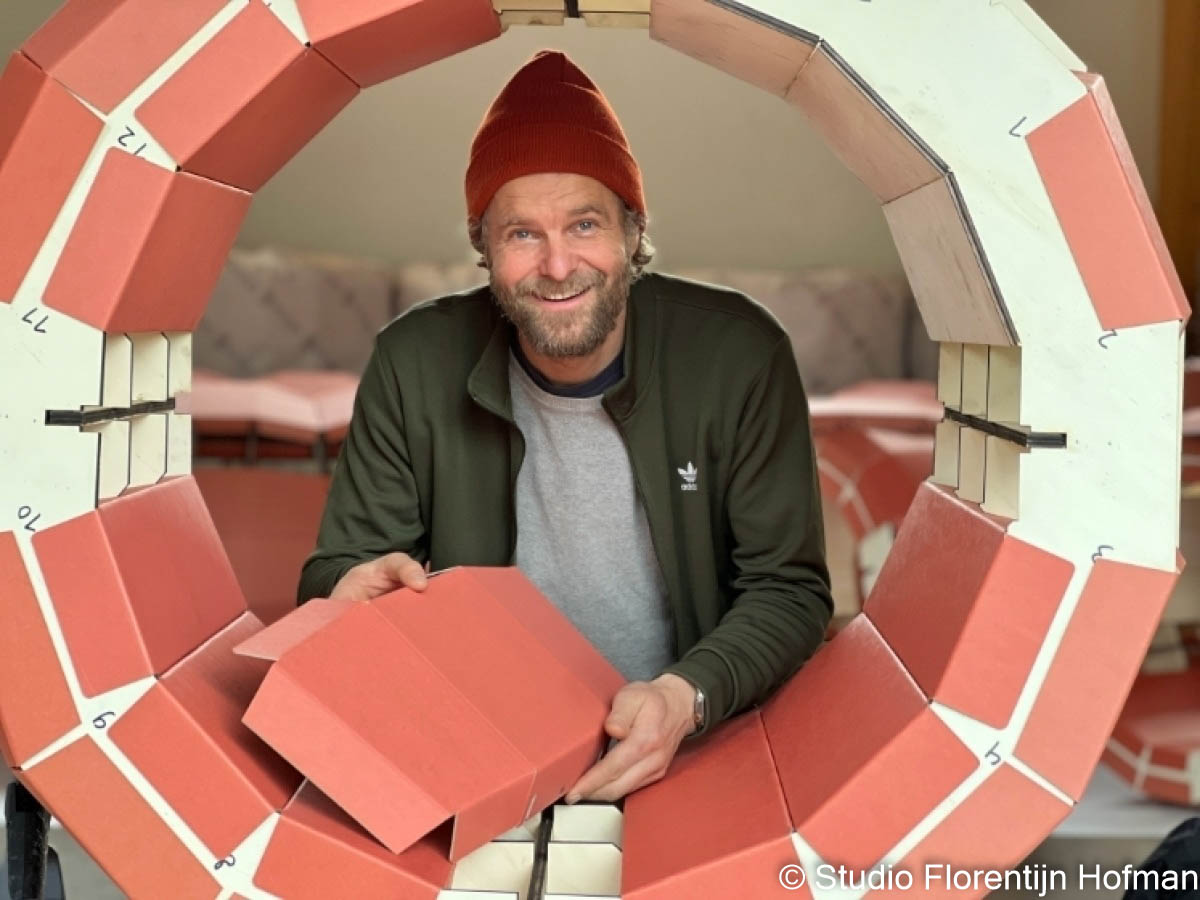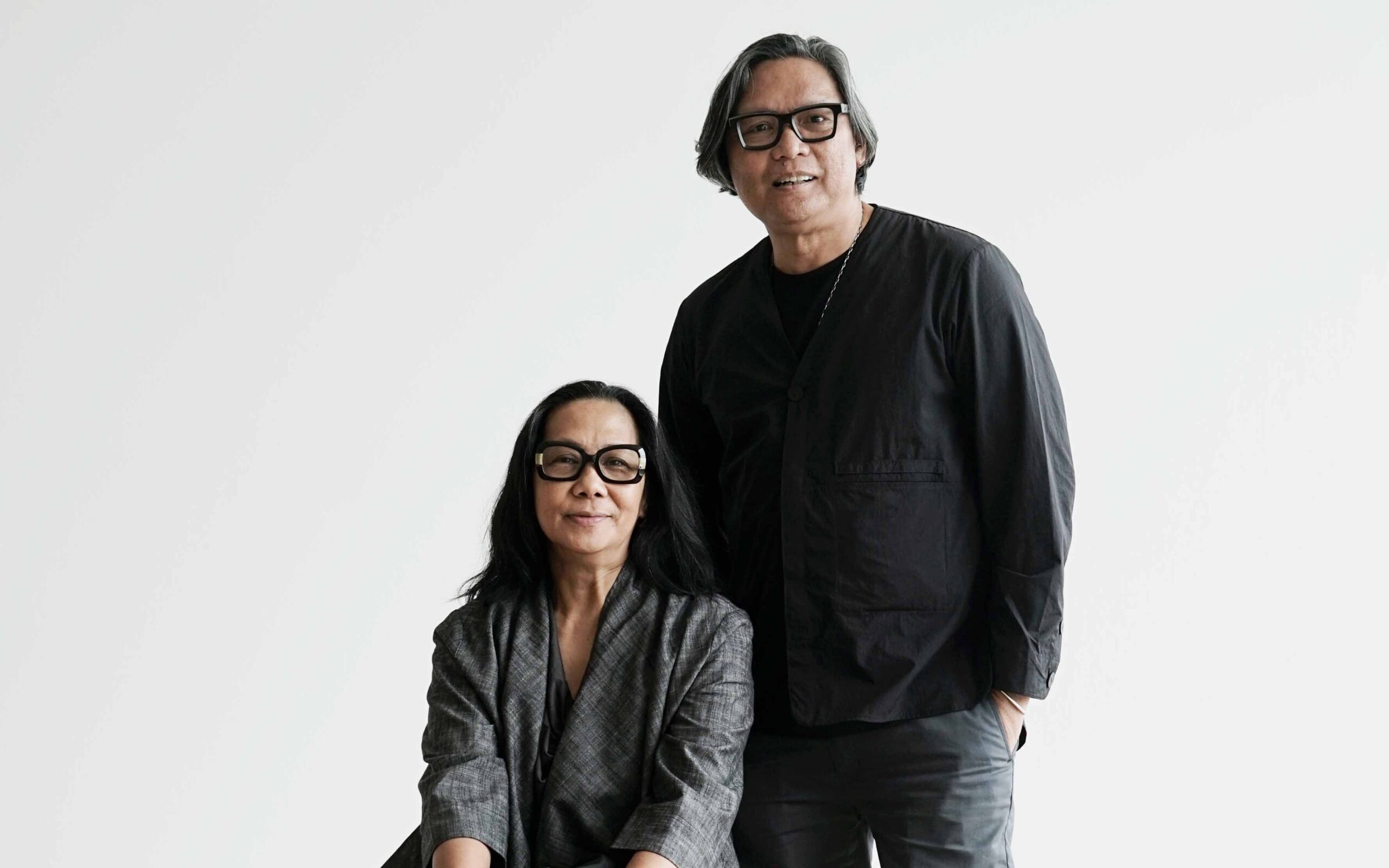Solidus partner in Children's Biennale 'A Better Place' at Groninger Museum
Children's Biennale – A Better Place
In 2021-2022, the Groninger Museum organized the first Children's Biennale. Due to its great success, it was decided to hold a second Children's Biennale in 2024. The Groninger Museum has become a prominent institution in Groningen since its establishment in 1874. This year, the museum celebrates its 150th anniversary with a series of festive activities, including the Children's Biennale – A Better Place.
The core and essence of the Children's Biennale exhibition are to challenge children and young people to marvel at diverse and colorful works of contemporary artists, encouraging them to participate and create together. Within the theme 'A Better Place' , the central question is how children can make their environment and the world a better place.
Art can be closely intertwined with inventions to improve or make the world a bit more beautiful and sustainable. Solidus also aims for sustainability and circularity. Solidus' solid board is made from renewable materials that support circularity, combat climate change, and reduce waste. Therefore, Solidus' sustainable and circular solid board aligns closely with the theme of the Children's Biennale.
Artworks 'A Better Place' in collaboration with Solidus
Wurm
The artwork Wurm, designed by artist Florentijn Hofman, takes visitors on a journey through the earth. The rainworm is made of sustainable cardboard and is intended for crawling through. It is an installation centered around trust, as visitors find themselves in the dark. It is a physical journey by touch, where at the end of the tunnel, there is hope and light.
The giant worm was specially made for the Children’s Biennale using Solidus’ solid board. Creating a good design and concept for the worm required various brainstorming sessions between a Solidus team and Florentijn. Safety is a crucial aspect of the construction, considering that many children will crawl through the worm. In addition to safety, the necessary strength of the solid board was a significant focus during the design, hence the deliberate choice for solid board, which has higher grammages. A test version was created by Solidus’ R&D department in Oude Pekela. This version was extensively tested by artist Florentijn Hofman and his children. The final design emerged from this test version.
With the final design, Solidus continued to work on effectively producing the cardboard. The solid board sheets were coloured with specially designed paint in ‘worm colour.’ Additionally, 227 drawings were needed to cut the worm out of the board. In the end, the worm consists of more than 1800 pieces of solid board that were assembled by Florentijn.
Head/Home
Solidus was not involved in just one project of the Children’s Biennale. They also supply solid board for the installation Head/Home, designed by Isabel and Alfredo Aquilizan. During the Children’s Biennale, Isabel and Alfredo exhibit an installation with cardboard houses. Throughout the Children’s Biennale, tables are set up in the exhibition space where children can create their own cardboard houses. These houses are subsequently added to the artwork, making ‘Head/Home’ a growing and interactive artwork.

Creation 'Wurm' by Solidus
Artists
Florentijn Hofman
Florentijn Hofman is primarily known for his gigantic installations in public spaces. Animals play a significant role in his work. He gained worldwide fame for his enormous rubber ducks floating around the world. Another artwork by Florentijn Hofman, the ‘Pissing Polar Bear,’ is making the transition to the Groninger Museum as part of the Children’s Biennial. Outside the museum, this gigantic polar bear will immediately capture attention as a remarkable eye-catcher.
According to Florentijn, animals are metaphors for deeper meanings in daily life. Additionally, the scale of the installations plays a crucial role.
He says:
“Through scale, you become amazed and estranged.
Art should make you look at things differently.
I create big things so you can take distance.“

Isabel and Alfredo Aquilizan
Isabel and Alfredo Aquilizan, a couple creating art together, draw inspiration from memories of home, from their home country, the Philippines. The artworks of Isabel and Alfredo Aquilizan revolve around people and their personal stories, histories, and belongings, as well as their creativity and dreams. Their approach is collaborative, involving the collection and rearrangement of physical objects and stories. In their process, they work closely with communities and create connections among people.
